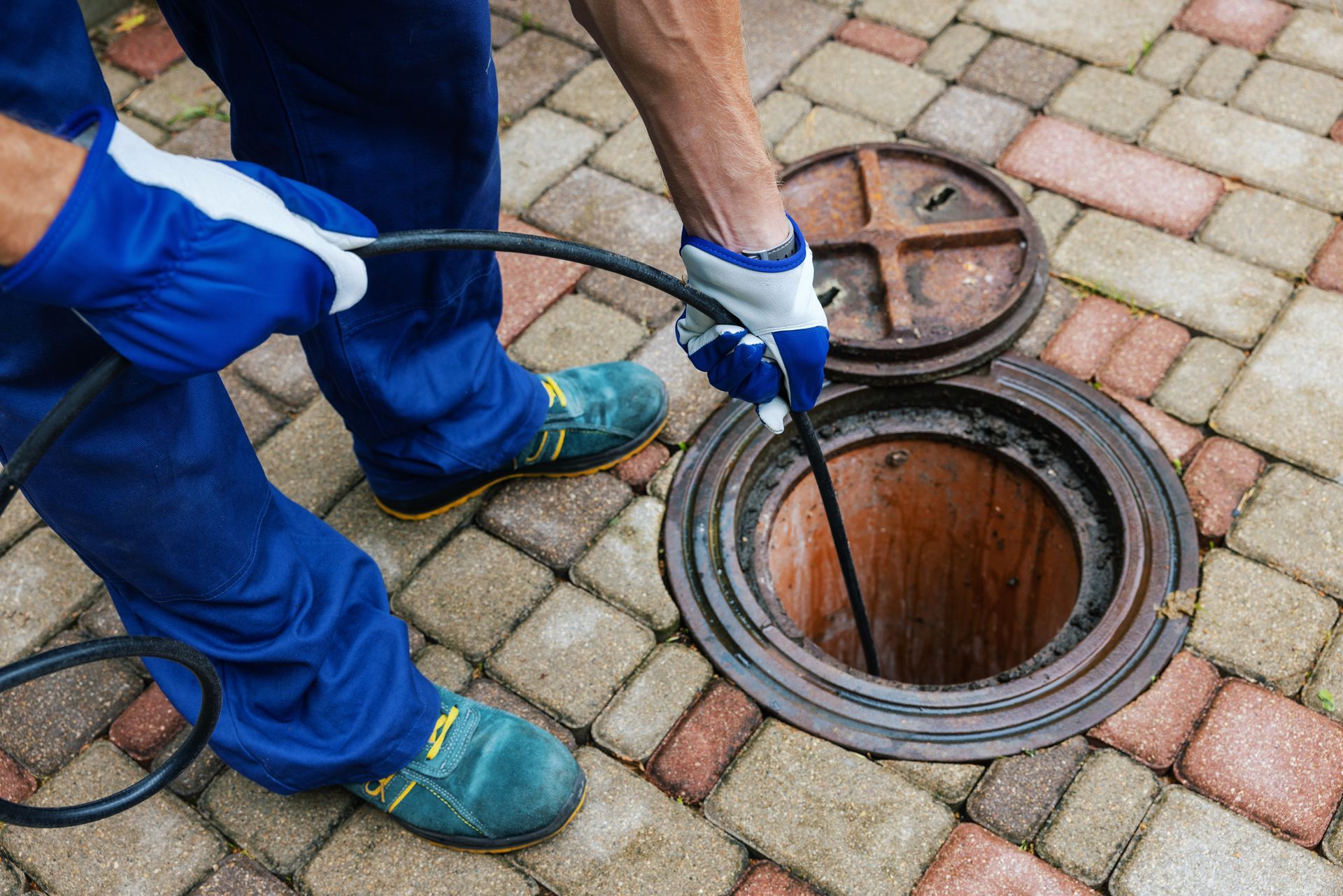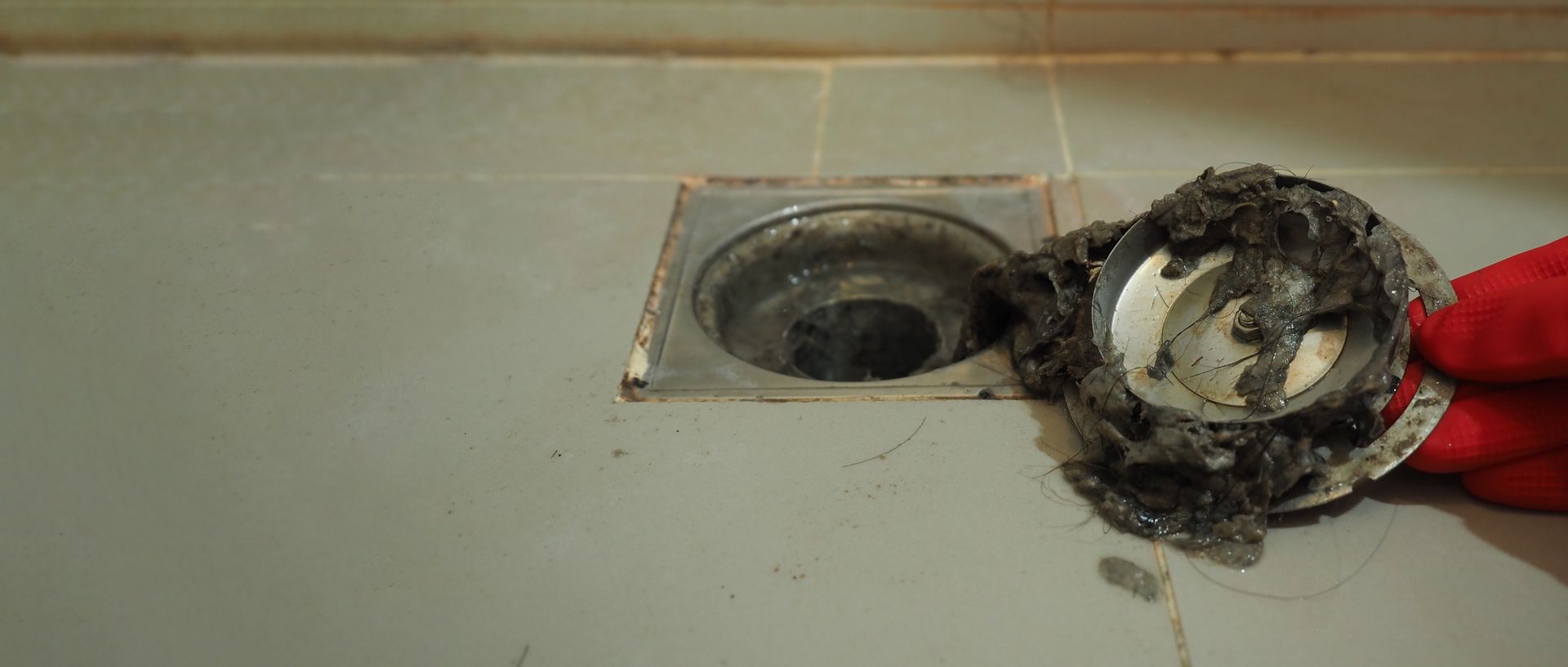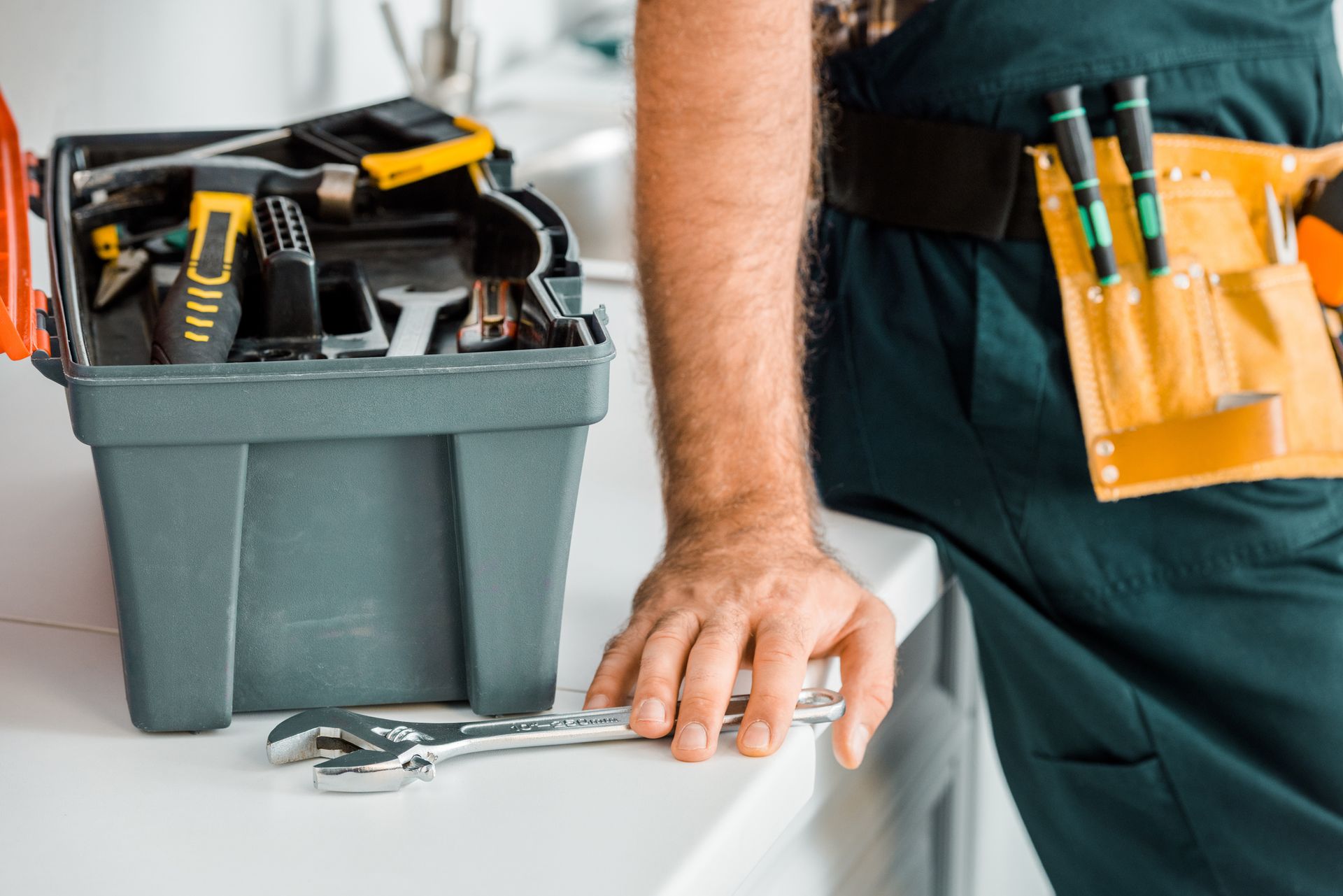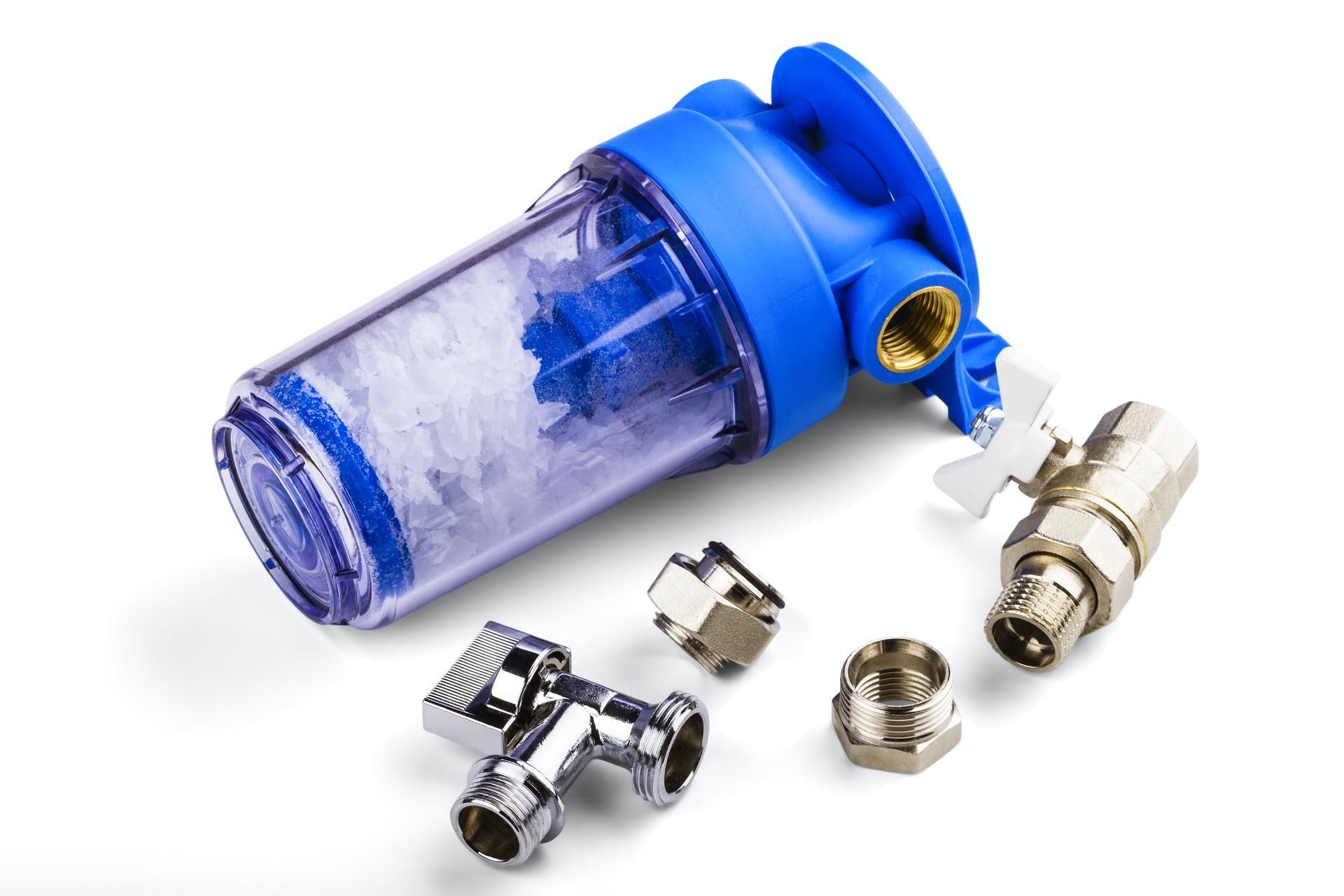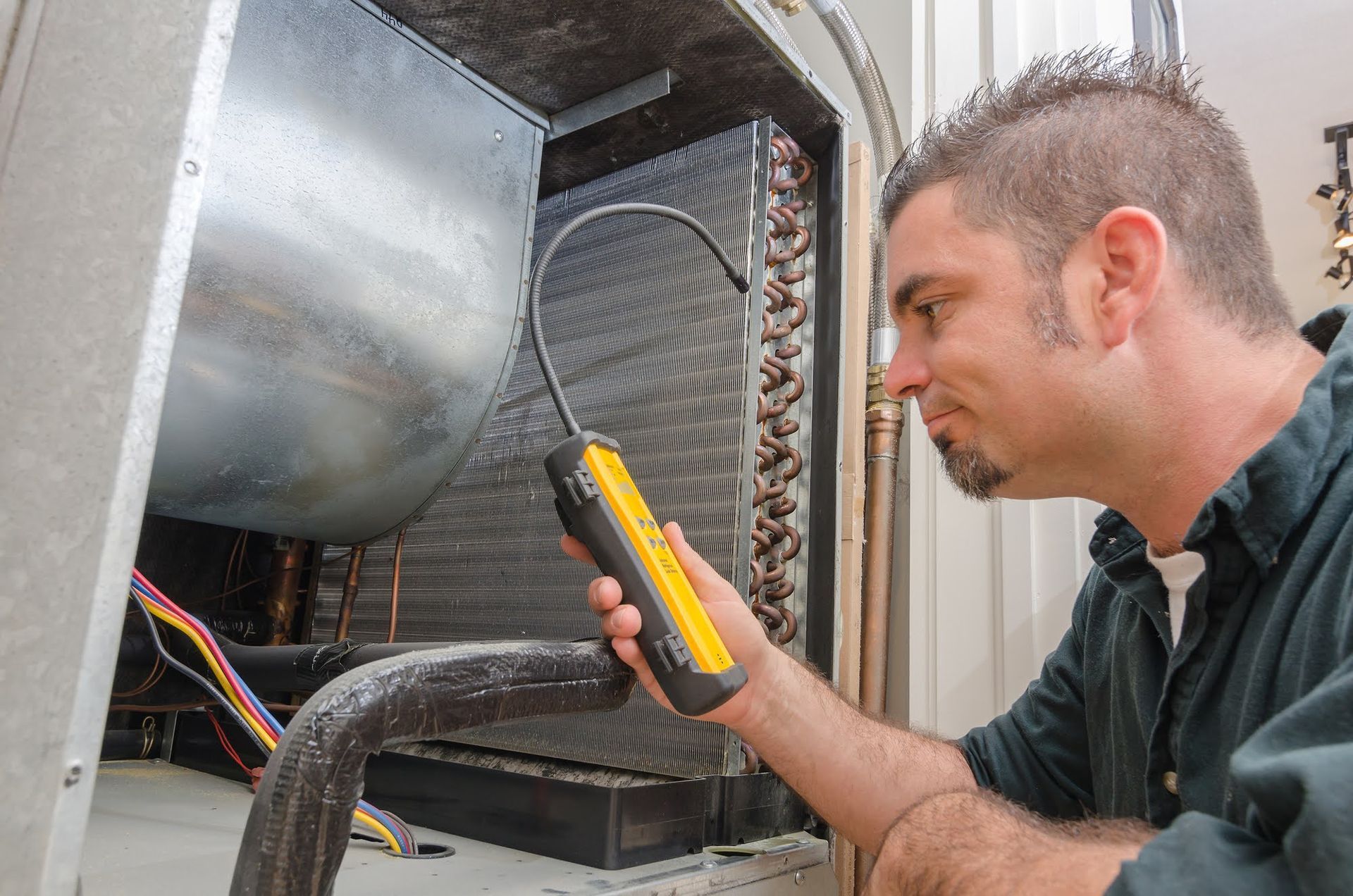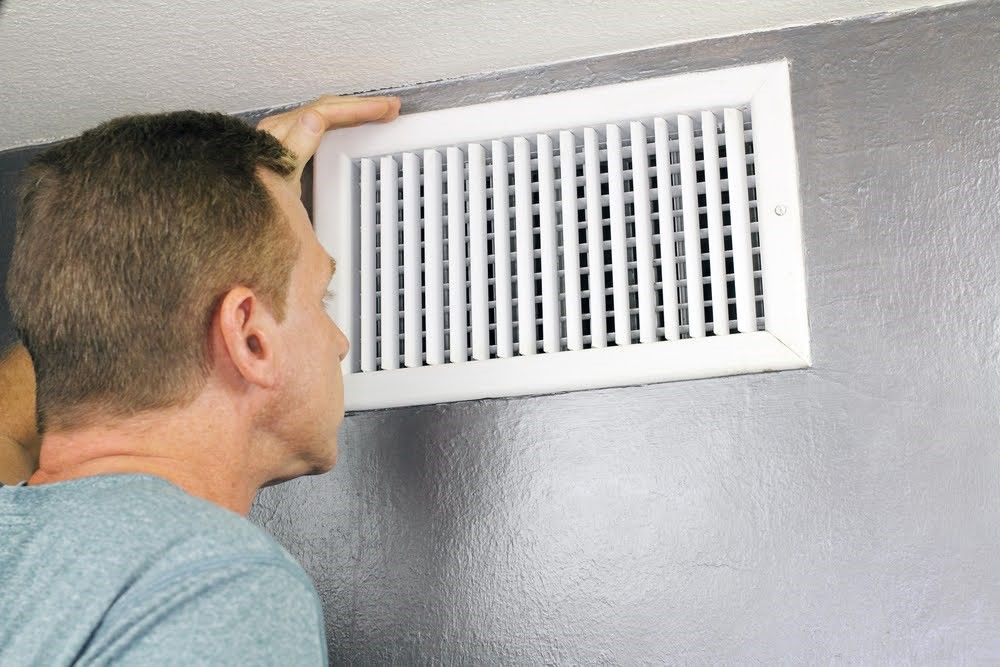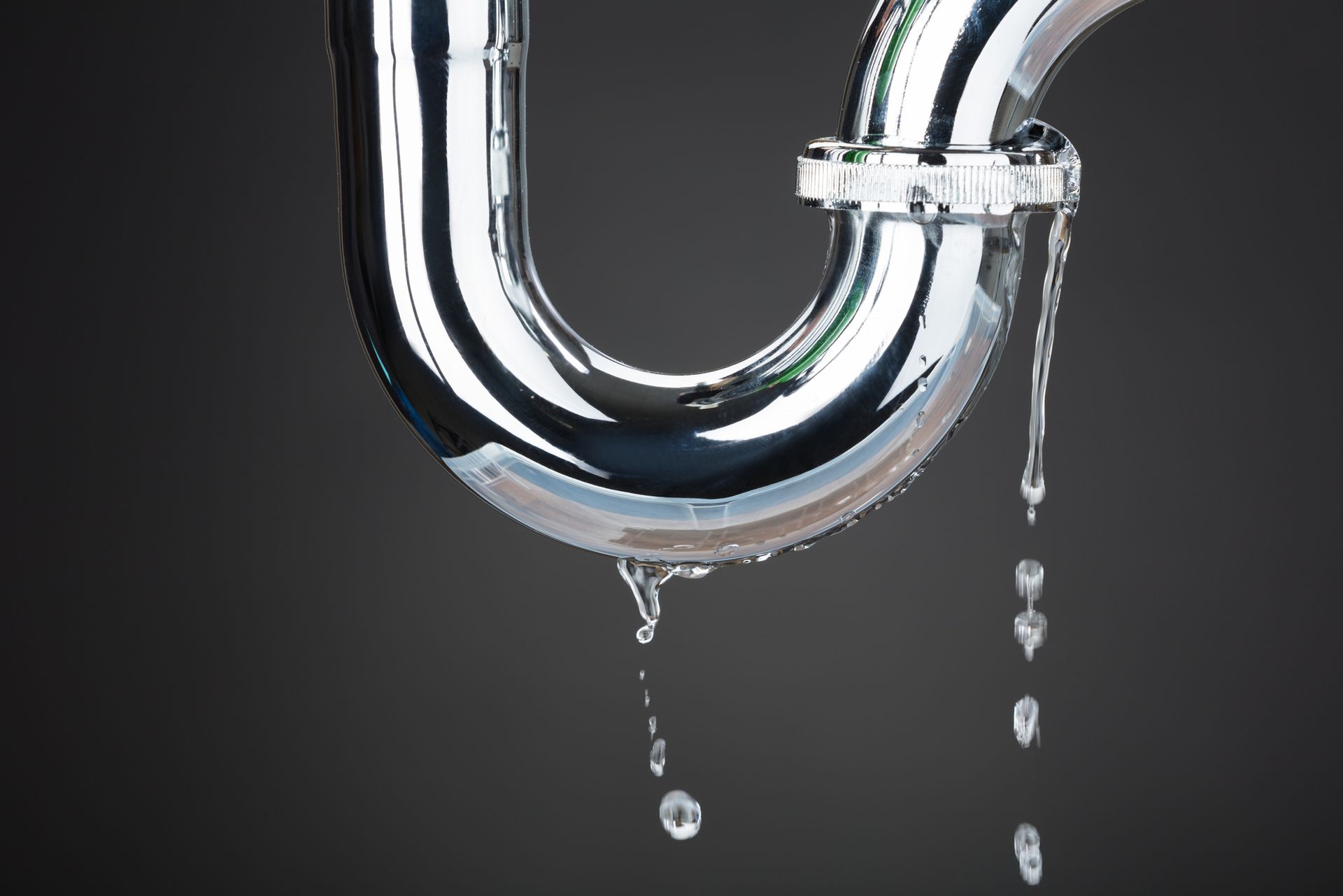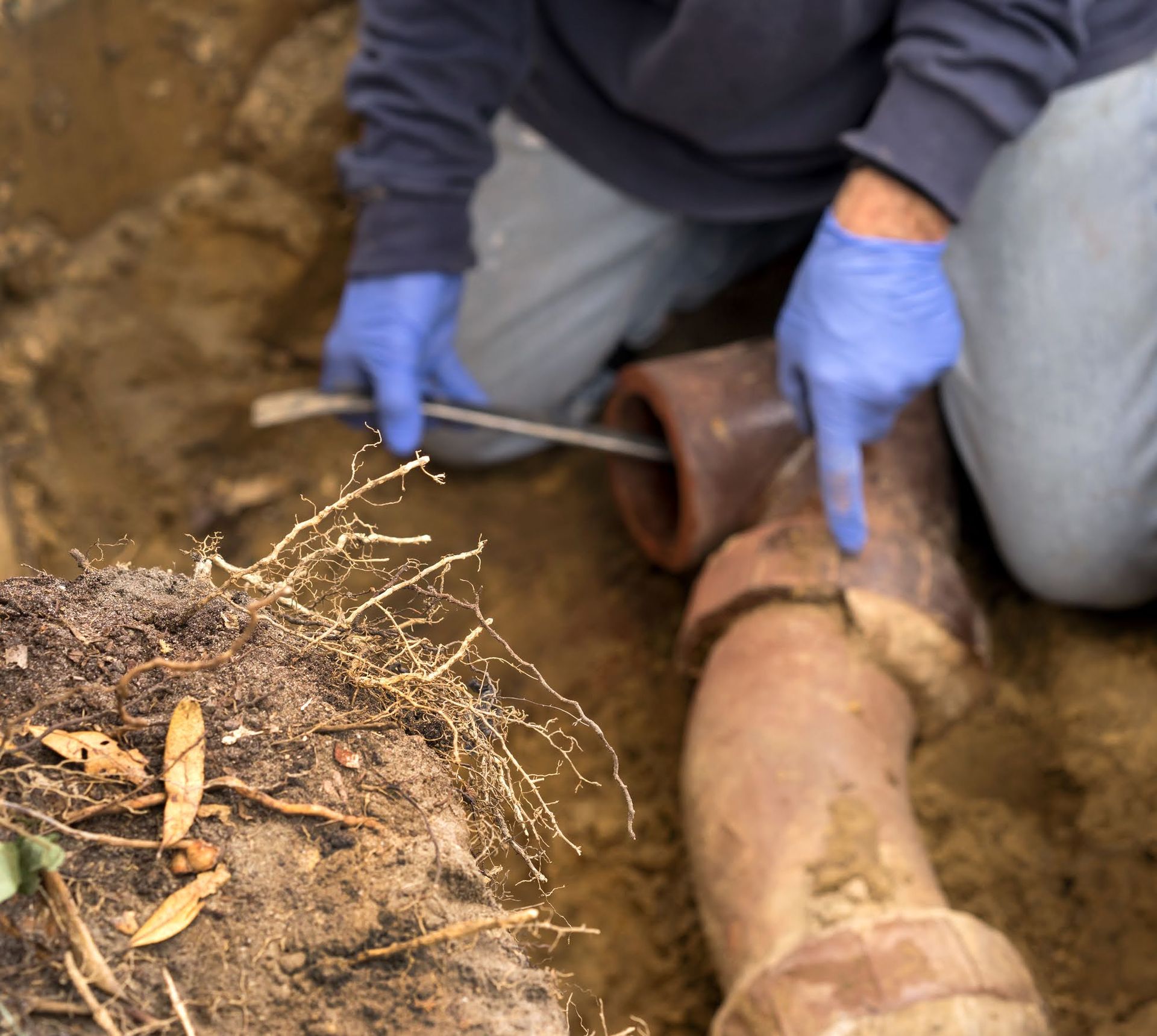Top Factors to Consider When Choosing a Toilet
Admin • September 16, 2021
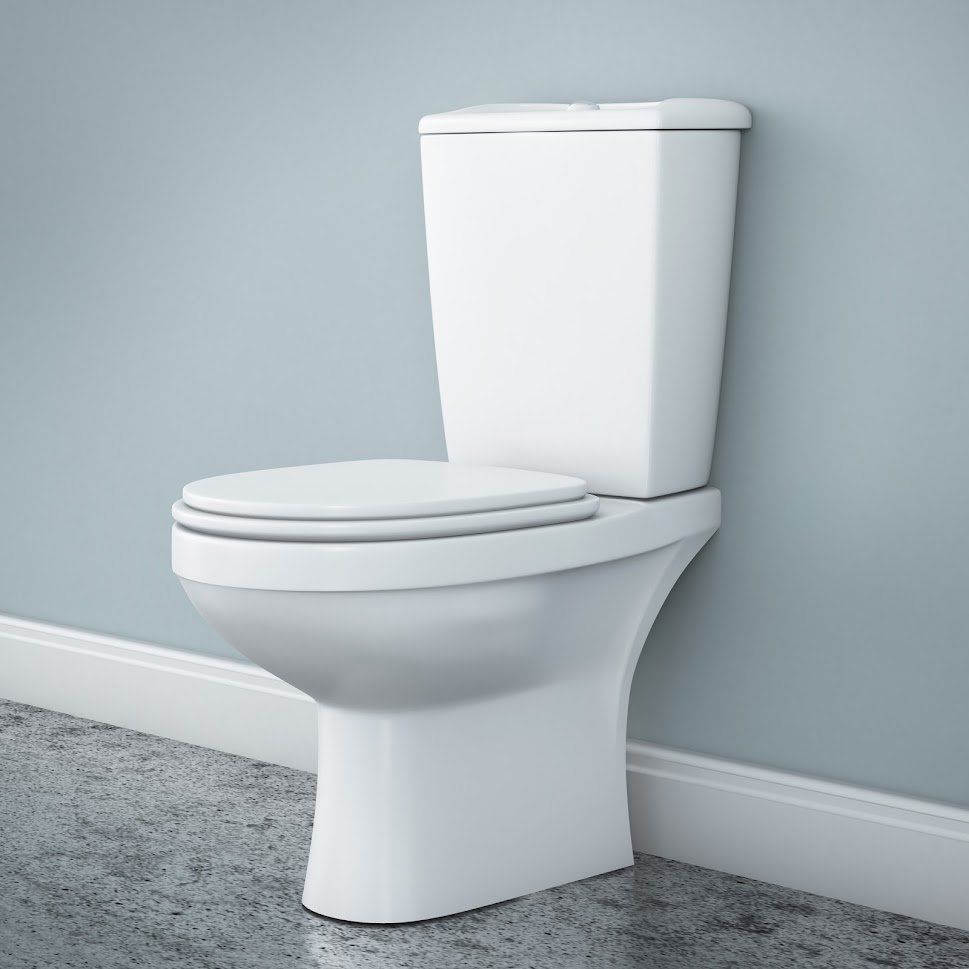
The bathroom is one of the most important rooms in the house. As such, every aspect of the bathroom requires careful selection, design, and installation. For example, different types of toilets have different performances. Below are some critical factors to help you choose the best toilet for your bathroom.
Water Efficiency
Water efficiency matters for two main reasons. First, a water-efficient toilet will help you minimize your water usage and lower your utility bills. Even as mall decrease can add up to substantial savings over the years, especially for big households. After all, toilet use can account for as much as a third of your household's water use.
Secondly, water is a limited environmental resource. As such, everyone should contribute to water conservation efforts - including those who presently don't have water issues.
Plumbers measure toilet water efficiency in gallons per flush. High-efficiency toilets (HETs) have a flushing rate of 1.28 gallons per flush or less. Get something around that rate, and you will save considerable water per year. You can also consider a dual-flush toilet, which uses less water for liquid waste than solid waste.
Flush Ratings
Don't trade poor flushing for high water efficiency. A low-flush toilet should still drain its waste in a single flush. Consider a pressure-assisted toilet, which uses pressure in addition to gravity to drain its wastes. You can also check online reviews for toilets with good flush ratings.
Ease of Cleaning
Some toilets are easier to clean than others. For example:
- A wall-hung toilet sits on the wall and leaves space between it and the floor, which you can easily clean.
- A one-piece toilet has fewer crooks and crannies that would otherwise hold dirt
- A close-coupled toilet has hidden pipework that leave sample space for cleaning
Comparing the available designs will give you a good idea of their ease of cleaning.
Existing Toilet
Consider your existing toilet and plumbing system before buying are placement toilet. The consideration is especially critical for older homes whose plumbing or toilets might not be standard concerning contemporary plumbing.
For example, many toilets use P-traps that pass through the wall behind the toilet pan. Other toilets use S-traps that pass through the floor. Toilets also have different rough-ins (from the wall to the middle of the toilet's flange bolt). Note that a like-for-like replacement is not necessary. You can always retrofit your plumbing to fit a different toilet type.
Space Considerations
You should also consider how much space you have in your bathroom. For example:
- Some toilets have elongated bowls that might not work well with limited spaces - you don't want a toilet that makes you struggle to close the bathroom
- door.
- Corner toilets fit in the corner and save space in tight bathrooms.
- Narrow toilets are suitable for rooms with limited elbow room.
Understand your bathroom's dimensions before shopping for a toilet.
Bowl Height
The toilet's bowl height determines its ease of use and safety. For example, relatively tall people, older people, and people with mobility issues will likely appreciate toilets with height bowls. That way, they don't have to bend too low when using the toilet. On the other hand, children or relatively short people will often appreciate low-sitting toilets.
Consider your household members when choosing bowl height. You can also install different toilet designs in different bathrooms, so each person gets what fits them best.
Garden Spot Mechanical Inc. can design and install your bathroom fixtures. Contact us
with your bathroom design ideas, and we will help you turn them into

